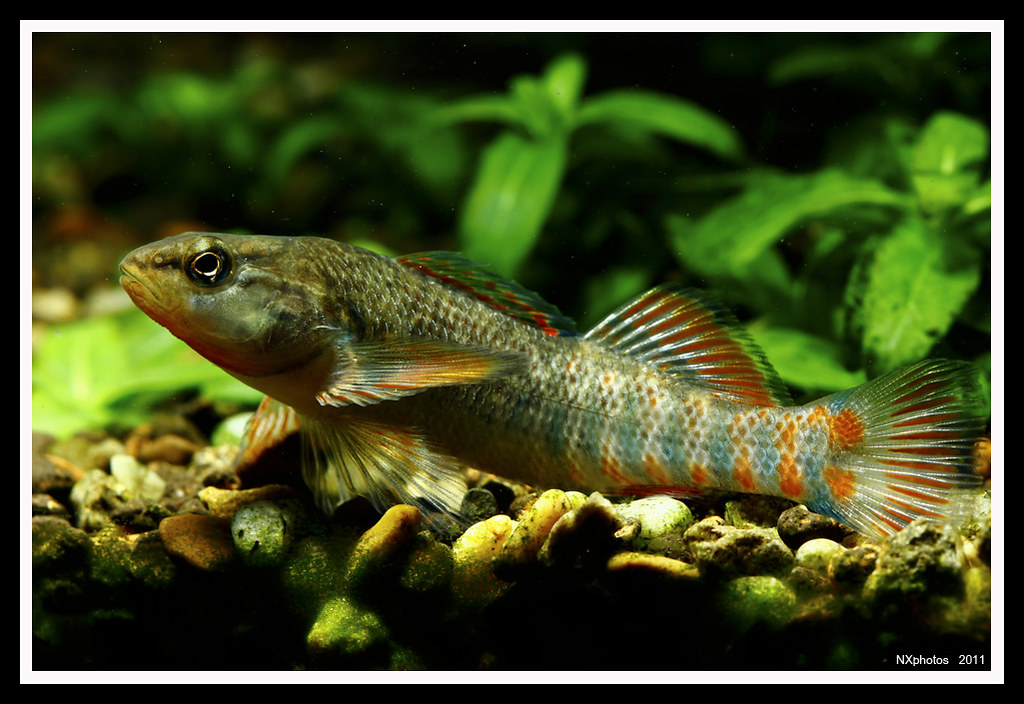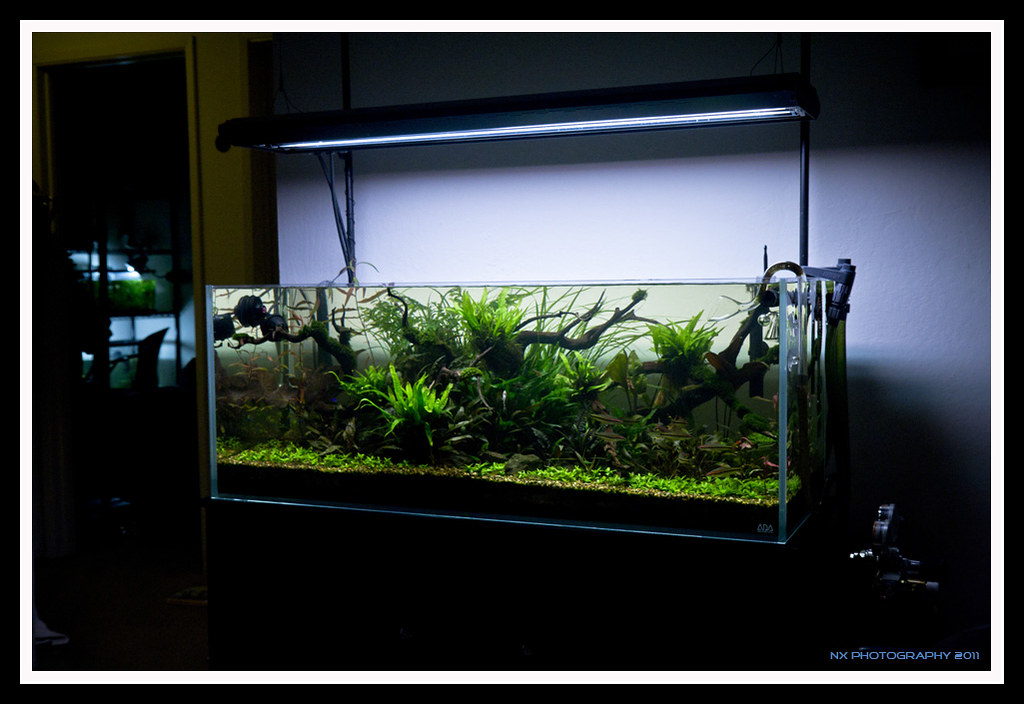I'm new to Natives but not new to fishkeeping. Over the next 6 months I plan to start up a NA Native's tank. The plan is for a 75 gallon tank with about 10 rainbow darters and a large number of Rainbow Shiners and maybe some Bluefin Killies. I figure that planning now will help prevent disaster later. I have read the New to Natives 101 doc, and about a million web pages, but the more knowledge the better. (And if there are any native keepers in south east Massachusetts, awesome, say hi!)
The Fish Room
My fish room is my home office. I'm a software guy and I sit there 8-10 hours a day, 5 days a week. I'll have a 55 in there and a 10, both kept around 80 degrees. The room is heated in the winter and cooled with a window unit in the summer. The heater is on a programmable thermostat, set to 68 degrees when I'm there and 58 when I'm not. The AC is only on when I'm there. I live in Provincetown Mass so it doesn't get all that hot here in the summer. You can see climate data at http://www.city-data...sachusetts.html but the daily high reaches around 80 degrees and a low of 60 in the middle of the summer. So it is possble for the fish room to get warm in the summer, but not that warm. We occaisonally get into the 90s but the AC will certainly be running then, at least Monday through Friday! The fish room is well shaded.
The Tank
I'm just waiting for a good deal to show up on craigslist. But I'd like a 75 gallon, but I'd settle for a 50. I plan on building a riffle tank, with powerheads blowing one way, sucking up water from buried PVC pipe which is attached to sponges on the other end. I may also have a canister or hang on the back filter. I prefer a canister but they are pricey! Substrate will be playground sand, topped with gravel (from my reading, looks like 1" or so gravel is preferred) topped with silicon glued larger river rocks which I'll collect from streams in New Hampshire. (I'll boil all collected rocks.) I may put a piece of driftwood or two. I gather that isn't strictly accurate but I do like the look! The tank will be tightly covered with a glass cover, topped with a 4 foot shop light with 2 plant bulbs in it. For my tropicals I've always kept a 12 hour photoperiod, but from my reading I realize I should have the photoperiod track the seasons. I will not have a heater in the tank. I'll put an airstone in if you all tell me to!
The Plants
Even though the tank will be cool I hope to keep some live plants, in particular corkscrew val. I think that that will look lovely being swept by the current. Anubias is also possible.
The Fish
I primarily want to keep Notropis chrosomus, the Rainbow Shiner. I'd love about 20 of them but wouldn't cry if i had more. They are the real focus of the tank. Next would be Etheostoma caeruleum, the Rainbow Darter. I'd like to keep a sufficient amount so they are happy. Is that 5, 10? Any more and the tank sounds like it will be getting crowded. Ideally I'd also have some Lucania goodei, the Bluefin Killie, but if the tank is too crowded I can do with out them.
I really want to not have to provide live food. From all my reading, frozen bloodworms are accepted by the rainbow darters most of the time. (If they don't, man, I'm screwed...) I do not plan on breeding the fish, if it happens, that's great, but I don't have the facilities to raise the fry.
I'm also way open to other suggestions on fish to keep. As you can probably tell, I'm a big fan of colorful fish and fish that don't hide. Basically, look good and come out and say hi once in awhile...
And of course I'm open to any and all advice on my setup. Sure, tell me if I'm doing it right, but more importantly, tell me if I'm doing it wrong! Thank you all so much!
Paul











